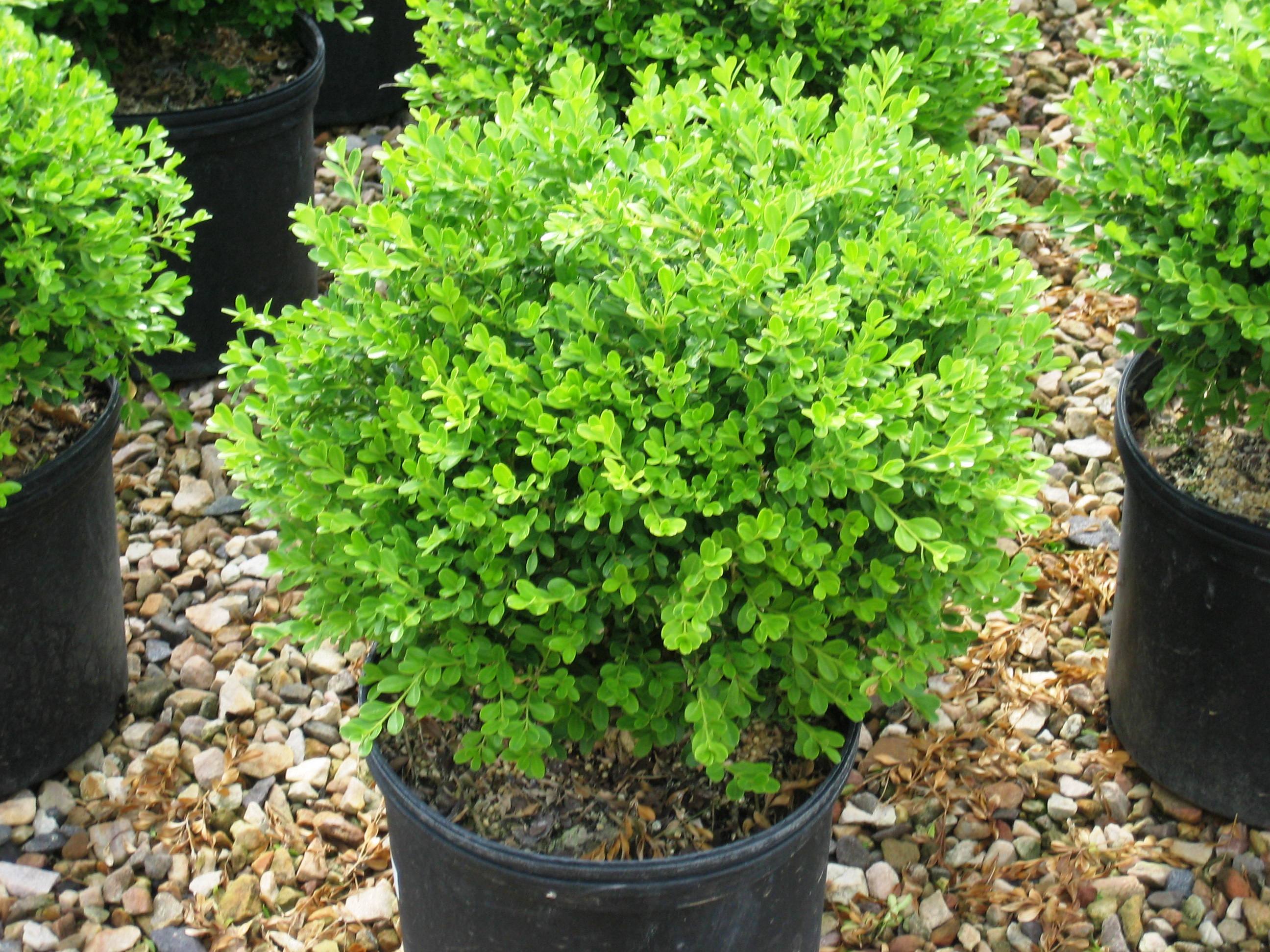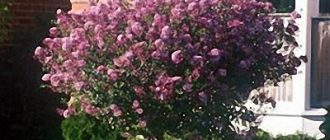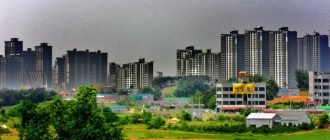Planting the Korean boxwoods? Learn more about landscaping with this hardy plant, popular across the world…
When planning a boxwood hedge, the Korean boxwoods botanically known as Buxus microphylla ‘Koreana’ offer an excellent choice due to their hardiness. However in extreme cold weather the leaves of the plant may turn bronze and wilt. It is a good idea to plant them in the ground as well as pots during the winter and keep them sheltered. Once spring arrives they can be shifted into the shrubbery in order to bloom into a fairly small and dense plant. This compact plant grows very slowly and reaches a height of 2 feet and a width of approximately 4 feet when it is fully mature. It reacts well to pruning and keeps its shape. The beautiful round boxwood leaf known as microphylla in botanical terms is stout and small but makes for a robust looking shrub.
The Korean boxwoods are fond of the sunlight and need watering regularly, especially in the first season as they grow. If they are planted in early spring then they do not require fertilizer or pruning till the month of June. When a fertilizer is introduced it should be the slow-release variety to ensure that the plant is not overfed and overloaded with nutrients.
Pests and Bugs Attacking Korean Boxwoods
The plant is susceptible to leaf miners, scale, webworms as well as mites. Its leaves can become infected and get leaf blight, leaf spot or cankers. In very cold areas the cultivar selected for propagation must be a very hardy one taken from a winter hardy shrub. Common winter injuries include blistering and sunburn. The plant can thrive in zones 5 to 9 and is quite hardy and weather resistant in those zones. At full maturity you can find them growing to a maximum of 2′ x 4′. In the winter the evergreen leaves become bronze and in some cases turn purplish, however its coloring is revived when the spring season sets in. From full sun to partial shade the shrub thrives with beautiful leaves. The root system needs to be kept moist and cool through the use of a good quality mulch. During the winter months the Korean boxwood requires protection from dry winds.
Versatility of the Korean Boxwood
Options exist for utilizing different cultivars, which are hybrids between the Buxus sempervirens and Buxus microphylla var. koreana. These thrive well in the cold winter months and retain a good color until early to mid-winter. The three main types of Korean boxwoods that actually originate from Korea are known as Green velvet, which grows up to 4 feet tall and has a rounded shrub habit. The Green mound has a mounded shrub habit and grows up to three feet in height. The Green mountain, which gets bronze colored leaves during the winter months is very upright and stiff when compared to other boxwoods. The Green gem retains a bright green color throughout winter and in the cold while reaching a height of 2 feet maximum. Although these plants originate from Korea and are native to that country they have adapted well to different regions across the world. When provided with the right soil, which should be well drained and moist, these plants thrive in alkaline soil. The Korean boxwoods is generally utilized for creating foundations as well as hedges in landscaping. While the normal foliage is bright green in color it can change into different hues, which include purple, brown and yellow, making it a very versatile and interesting shrub to include as part of your landscaping.





